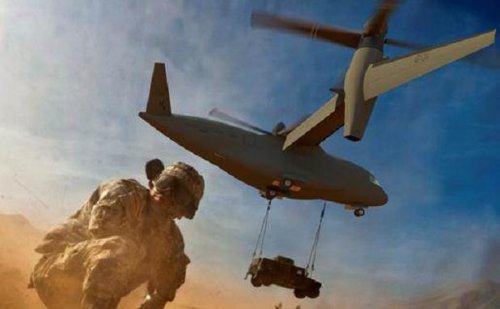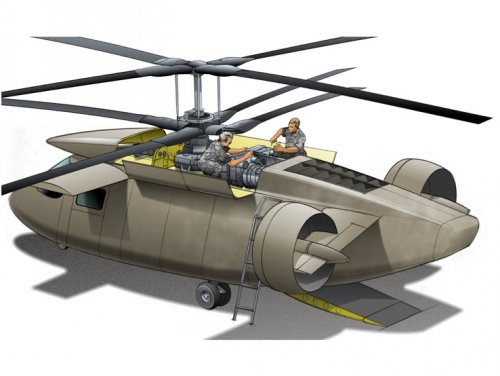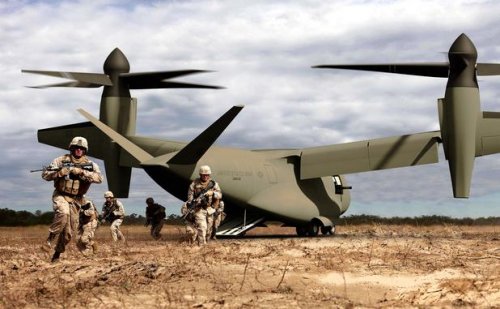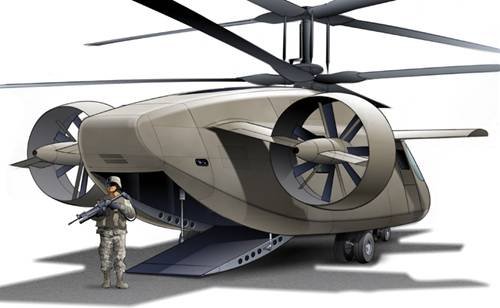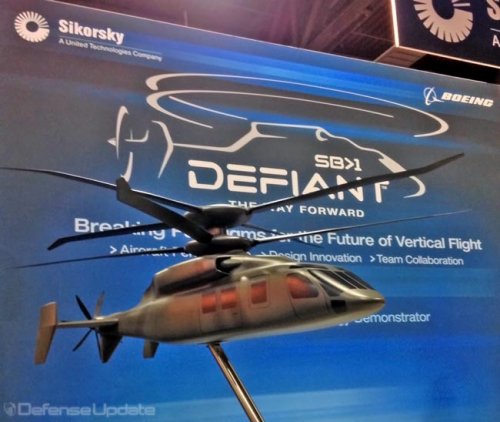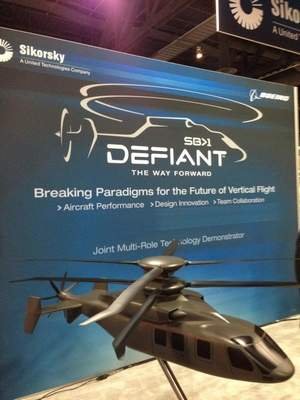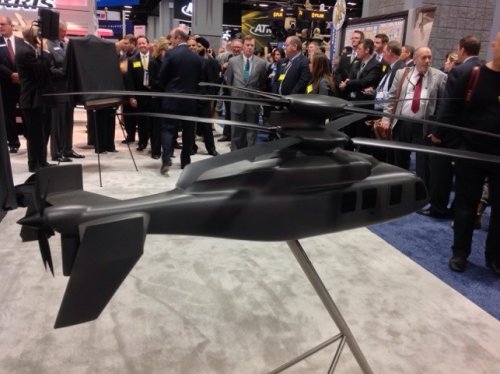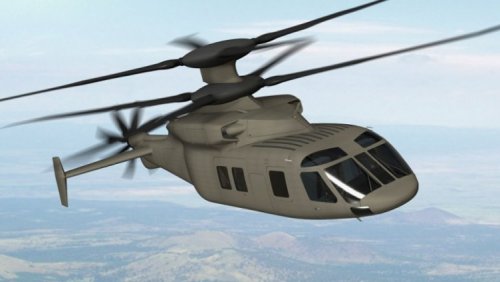"Four Companies Get US Army's Nod to Begin Critical Helicopter Designs"
Oct. 2, 2013 - 05:44PM |
By PAUL MCLEARY
Source:
http://www.defensenews.com/article/20131002/DEFREG02/310020022/Four-Companies-Get-US-Army-s-Nod-Begin-Critical-Helicopter-Designs
Oct. 2, 2013 - 05:44PM |
By PAUL MCLEARY
Source:
http://www.defensenews.com/article/20131002/DEFREG02/310020022/Four-Companies-Get-US-Army-s-Nod-Begin-Critical-Helicopter-Designs
In a veritable rush of new contract announcements since the new fiscal year began, the US Army awarded four technology investment agreements today to Sikorsky, AVX Aircraft Co., Bell Helicopter Textron Inc., and newcomer Karem Aircraft Inc., to begin work on designs to build the service’s next vertical-lift aircraft.
The Joint Multi-Role Technology Demonstrator program is the critical first step in designing a family of future helicopters that would replace the Army’s current fleets of Apache attack helicopters and Black Hawk medium-lift platforms sometime in the 2030s.
The Army’s Aviation and Missile Research, Development and Engineering Center at Redstone Arsenal, Ala., announced the awards on Oct. 2, but an Army spokesman was not able to provide the dollar amount of the awards.
The relatively slow-moving program kicked off in 2009 when then-Defense Secretary Robert Gates announced his intention to combine of DoD’s vertical-lift capabilities in one multipurpose platform, called the Future Vertical Lift (FVL) program.
“This is a critical risk reducing effort for FVL,” Maj. Gen. William Crosby, the program executive officer for aviation, said in a statement. “The operational benefits and changes will depend on the capabilities we can deliver to the war fighter with FVL. Improved speed, range, reliability, and survivability are critical goals that we will target.”
The industry teams have nine months to refine their initial proposals and gear up toward potentially building and flight-testing a demonstrator aircraft in fiscal 2017.
An industry source said that “this is really about the Army identifying the art of the possible” with potential designs, adding that the agreements are “cooperative research and development agreements” that call for the Army and industry to finance the development together.
At the end of the nine months, the source said, it is expected that two teams will be selected to actually build prototypes for flight tests and compete for the final downselect.
The program is not expected to become operational until the 2030s.
The contract has long been seen as the most critical and expansive effort that the Army has undertaken to modernize its rotary-wing fleets in decades, and industry has responded in kind.
Bell, teaming up with Lockheed Martin, plans to offer the V-280 Valor, a similar capability to the tilt rotor V-22 Osprey. The collaboration of Boeing and Sikorsky continues to work on Sikorsky’s X-2 demonstrator, a platform that features coaxial main rotors along with another propeller at the back.
The two dark horses in the race are Texas-based AVX which, like Sikorsky, is offering a coaxial rotor design, and Karem, which is working on an “optimum speed tiltrotor” technology, according to the company.

